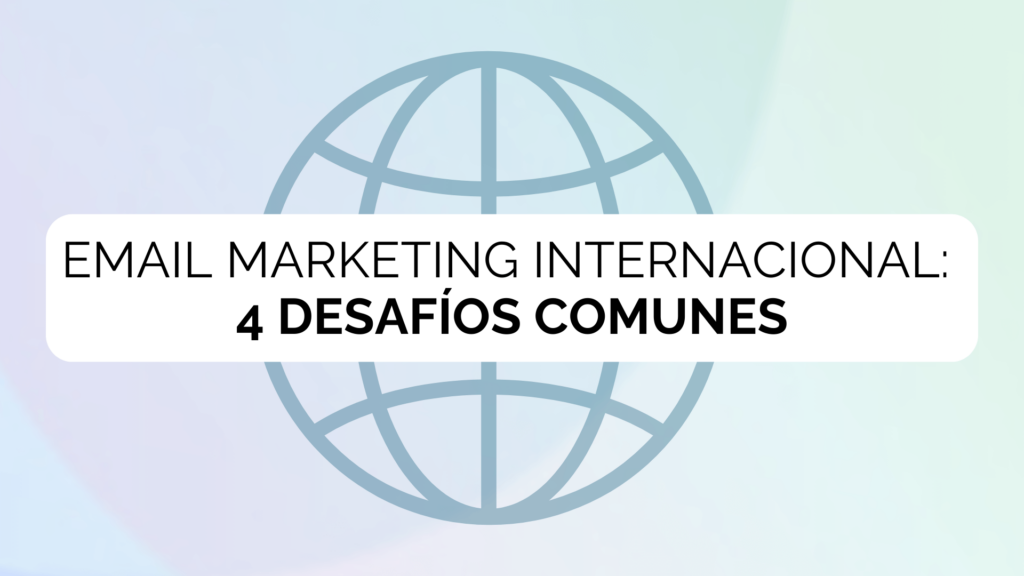International Email Marketing: 4 common challenges

Surely if you have been working on international email marketing campaigns, you will feel identified with this post. As we all know, nowadays companies are looking to reach audiences from different countries and cultures. For email marketing, this implies a crucial task: managing international campaigns.
While this strategy has enormous potential, it also presents us with a number of challenges that, if not managed correctly, can affect the performance and personalisation of campaigns.
So, in this post we will look at some of the most common difficulties in managing international campaigns and offer some tips on how to overcome them.
First challenge: Translation
When managing a multi-language campaign, content translation is the first challenge to address, and while machine translation tools are indispensable for scaling this task, they have limitations. While they are fast and can translate large volumes of text efficiently, these tools often miss the context and cultural nuances that can be important for effective messaging.
Content generated by machine translations can sound literal or unnatural, which can create a disconnect with the reader. In addition, what works in one culture does not always have the same impact in another, which can result in the message not being as useful.
Possible solution:
While machine translations are a useful tool, especially when you need to translate into multiple languages quickly, it is essential to combine their use with human review, at least for the most important segments of your message. Further proofreading by a native speaker can ensure that the message is received the way you want it to be conveyed.
Challenge 2: Personalisation and segmentation
One of the cornerstones of email marketing is personalisation, and in multi-language campaigns, this becomes even more complicated. Each group of recipients may have different preferences for content, products or services, which means creating multiple versions of the same message.
Possible solution:
Use an advanced email marketing platform that allows you to segment by language, geographic location and user behaviour. Tools such as Salesforce Marketing Cloud o Klaviyo are excellent for large-scale customisation.
You can, for example, automate segmentation based on the subscriber's location and send relevant content in their native language.
Third challenge: Design
The layout of emails can also vary significantly between languages. Some languages such as German tend to have longer words, which can alter the formatting of your layout. In addition, readers of languages that are written from right to left (such as Arabic) require a complete adaptation of the email layout.
Possible solution:
Design flexible emails that adapt to variations in content. Use testing on different devices and resolutions to make sure emails look good in all languages. If you work with right-to-left content, make sure your email marketing platform supports this option and adapt the layout for an optimal viewing experience.
Challenge 4: Coordination and workflows
Managing campaigns in multiple languages can be very complicated from an operational perspective. Without a well-defined workflow, marketing teams can face coordination problems, from translation delays to targeting errors.
Possible solution:
Define a clear workflow from the start. Set specific deadlines for each stage, from content creation to translation and testing of emails. Project management tools such as ClickUp can be very helpful in keeping the team organised and ensuring that all content is ready on time.
If you are interested in this topic and would like more information on how to manage international campaignsAt Digital Response, we did a eBook where you will find all the information you need.
In it, we discuss how to efficiently manage international email marketing campaigns, highlighting the challenges involved in adapting content to different countries in terms of language, currency and legal regulations.
You will also find useful information on production and revision difficulties, such as last-minute changes, especially when texts are embedded in images.